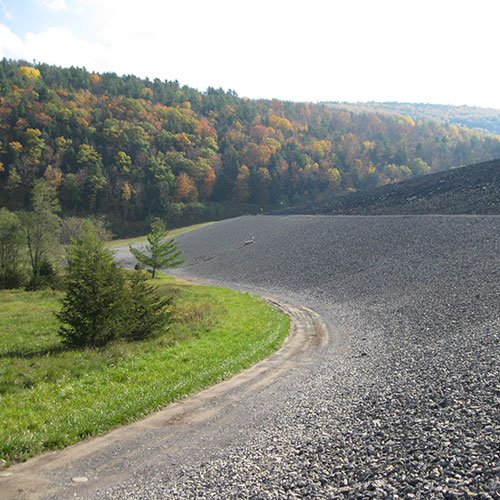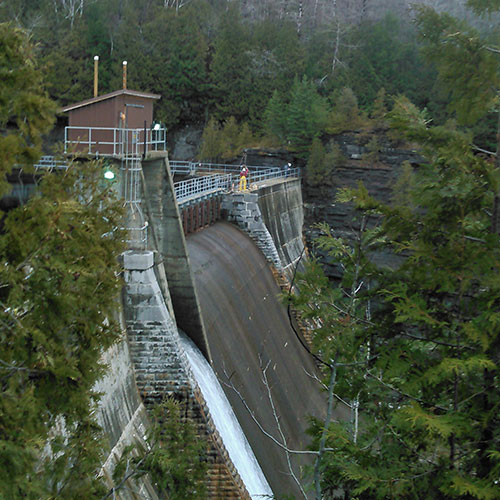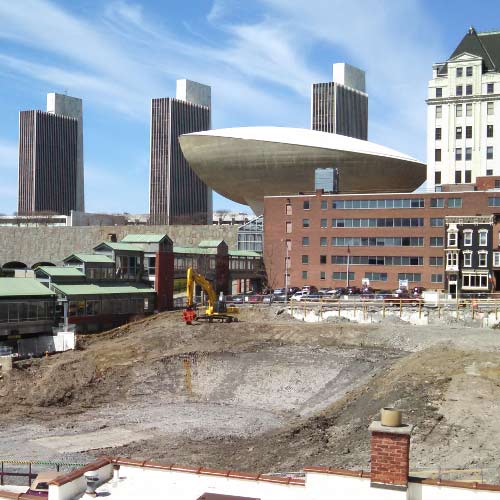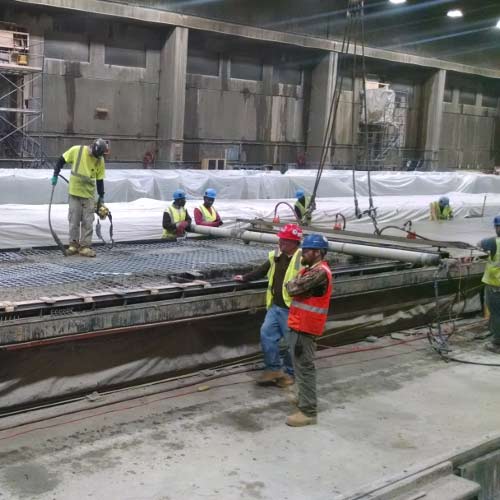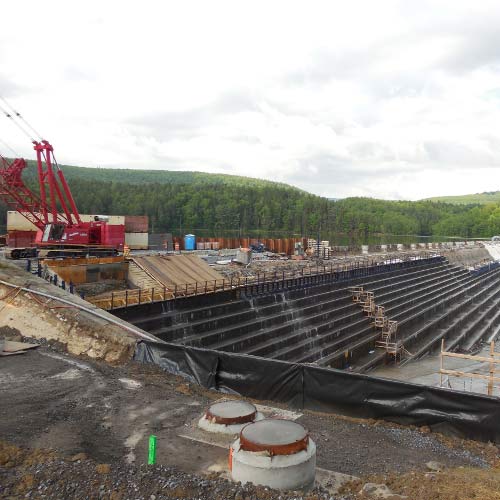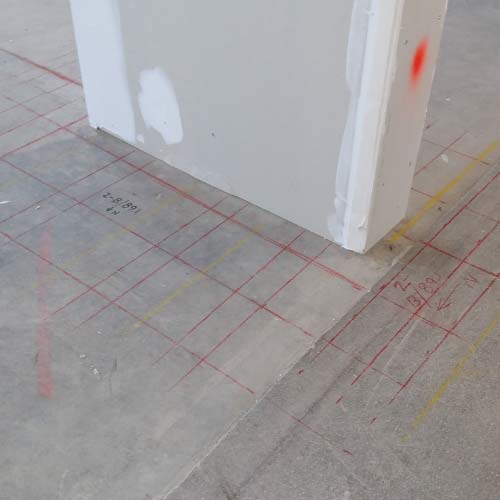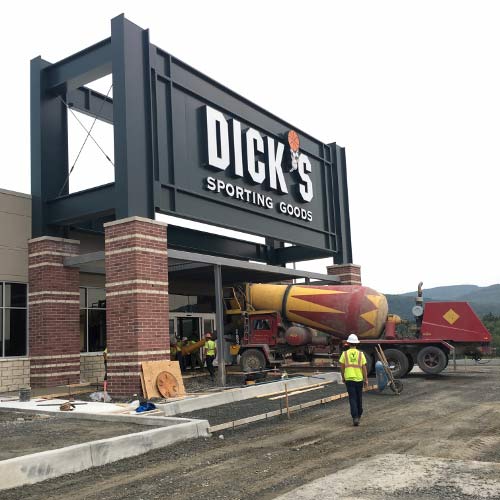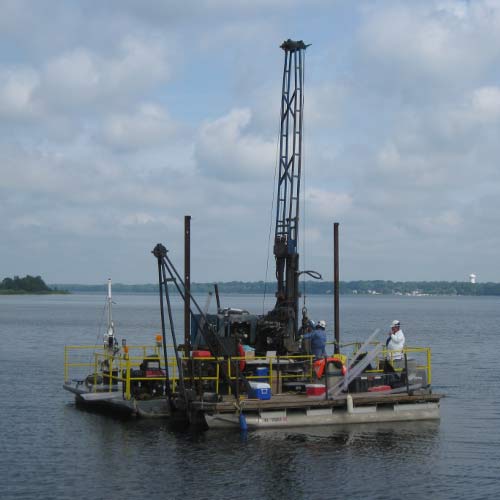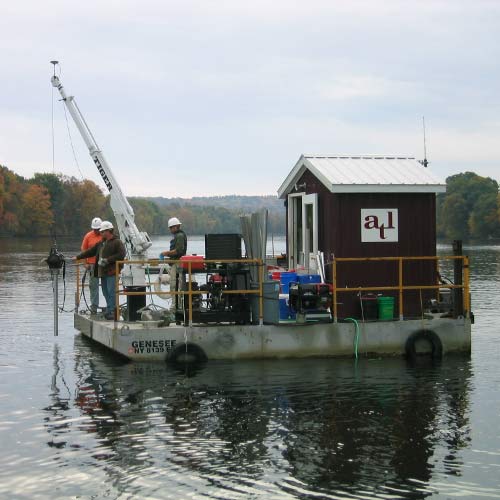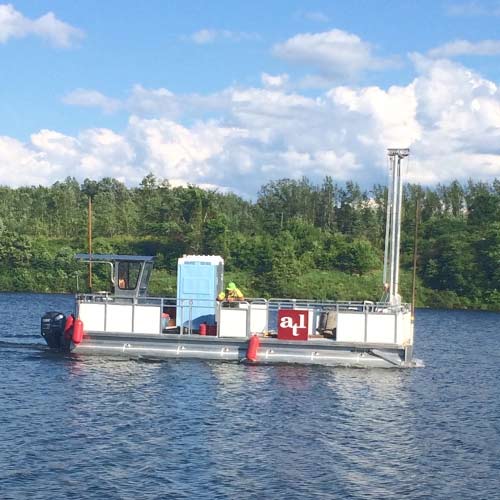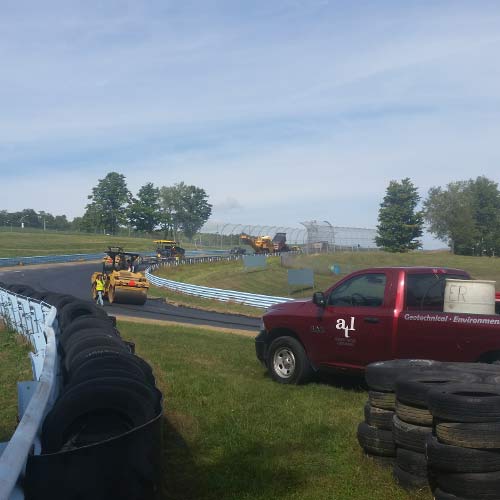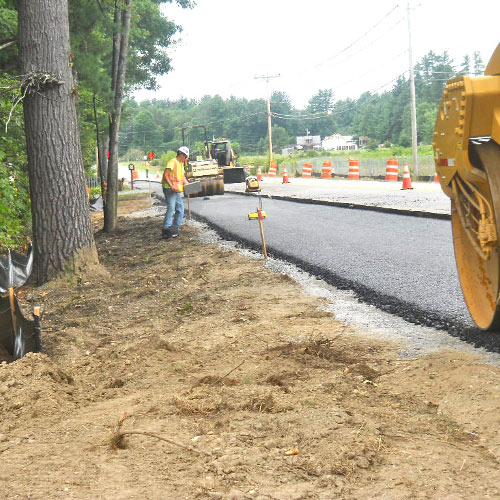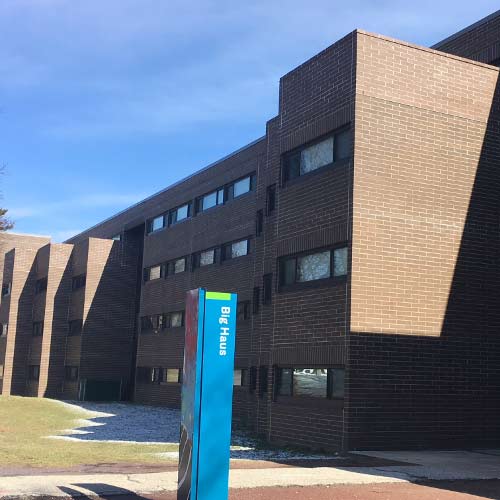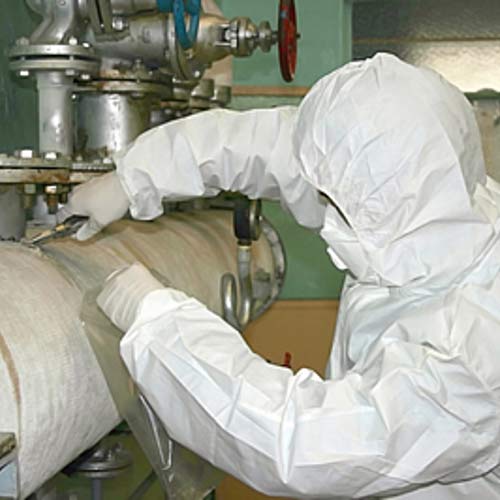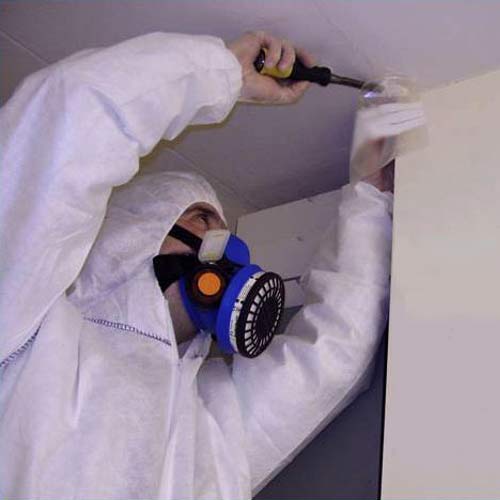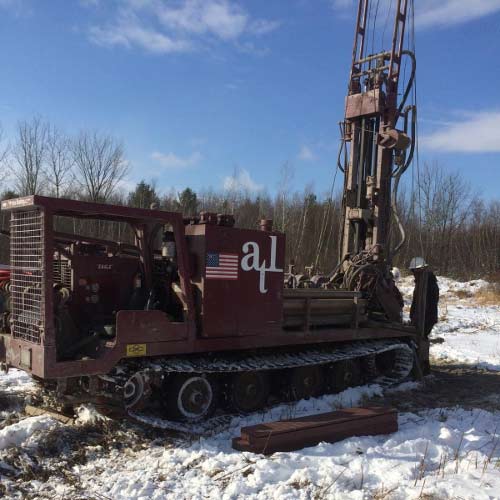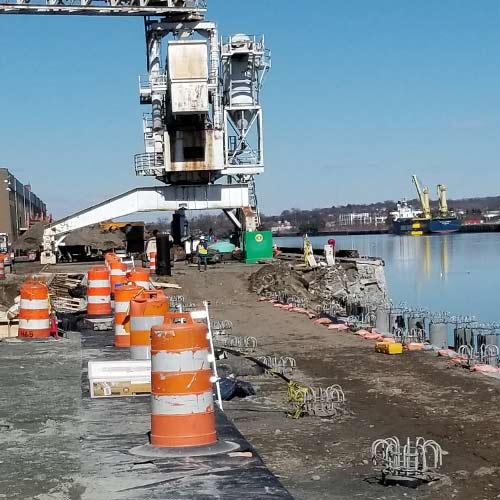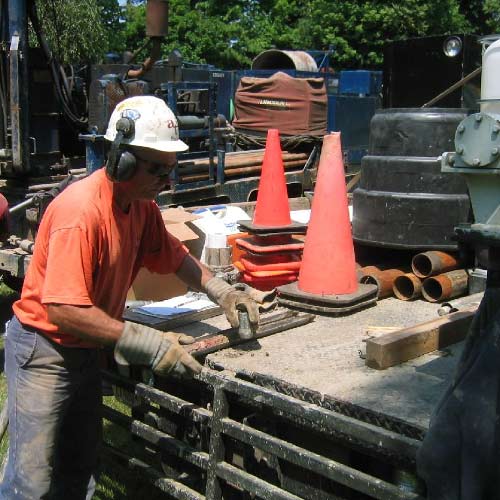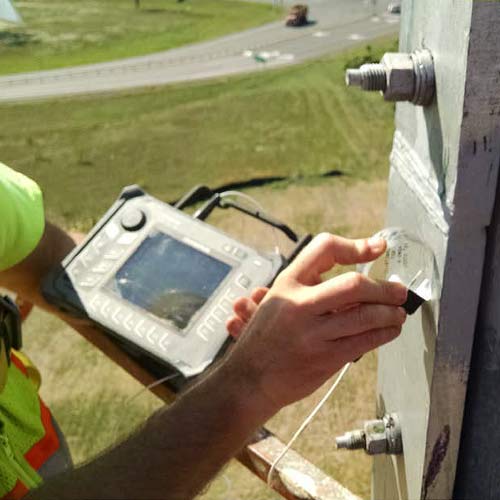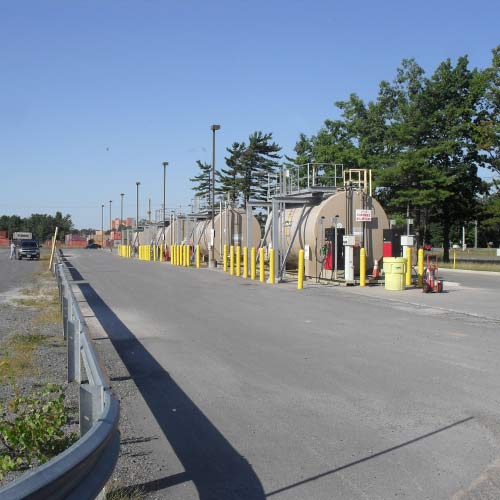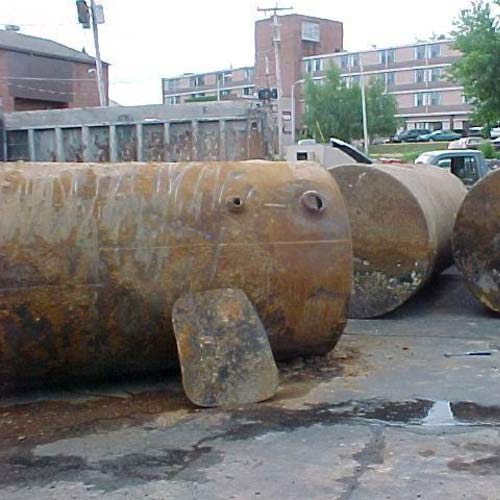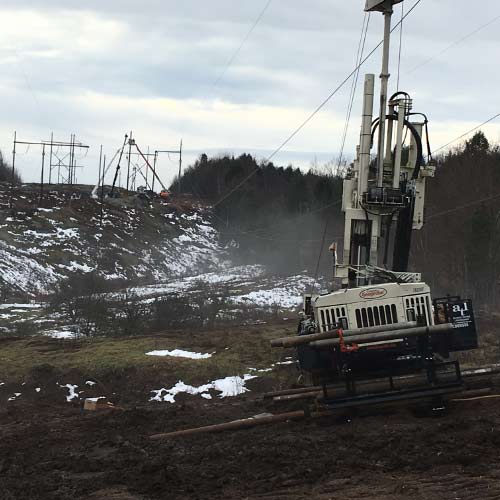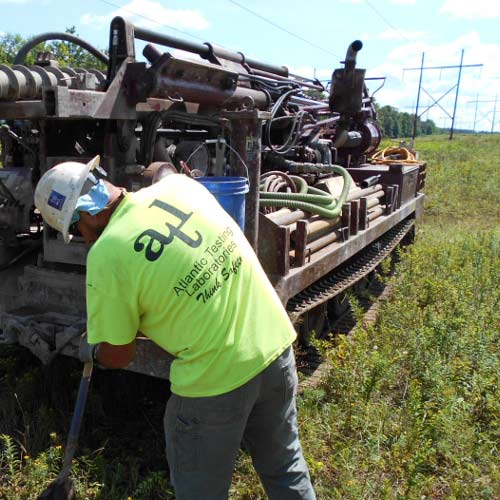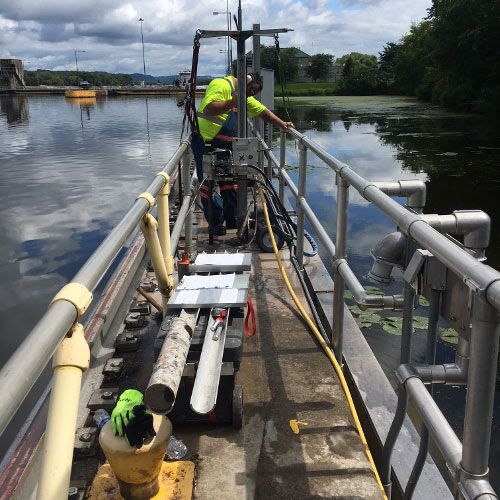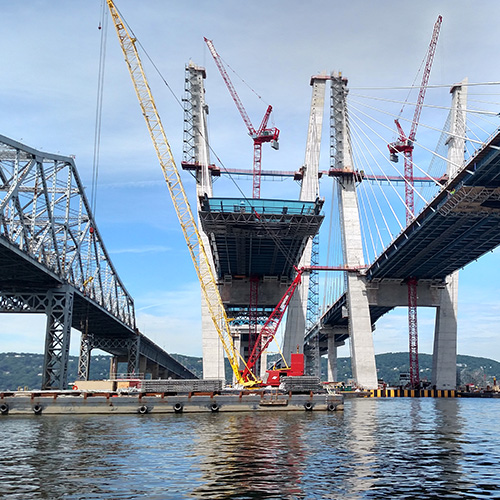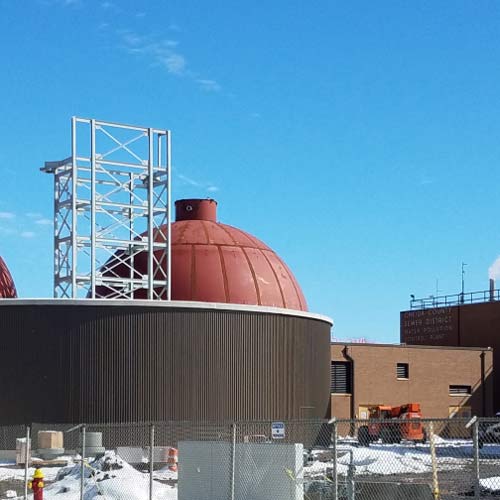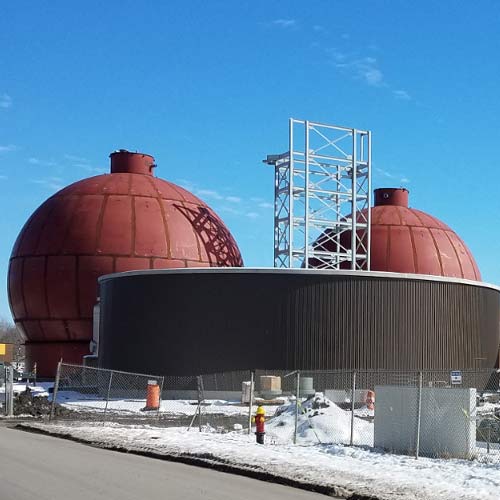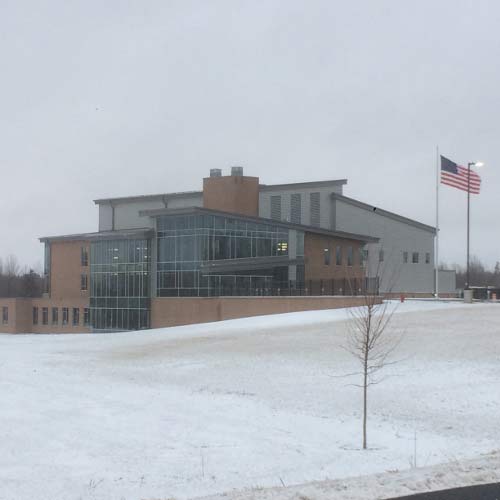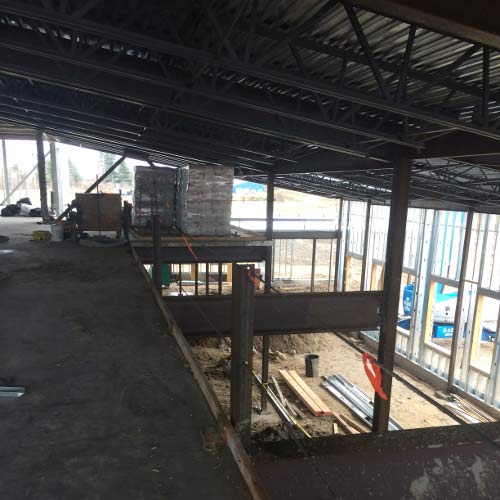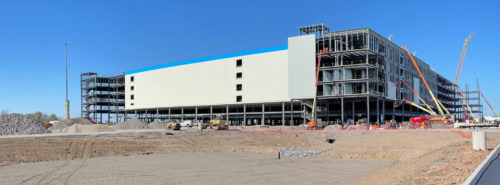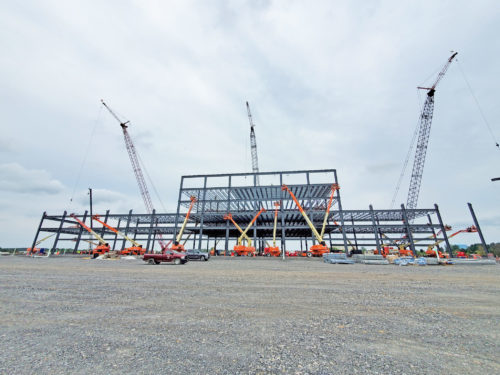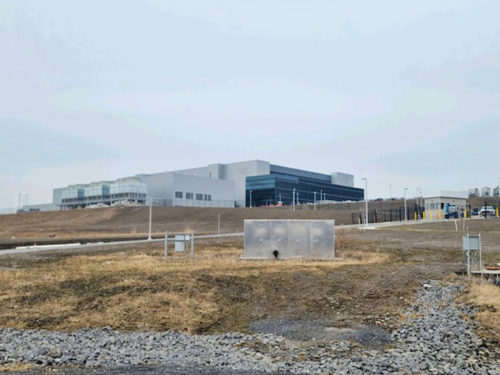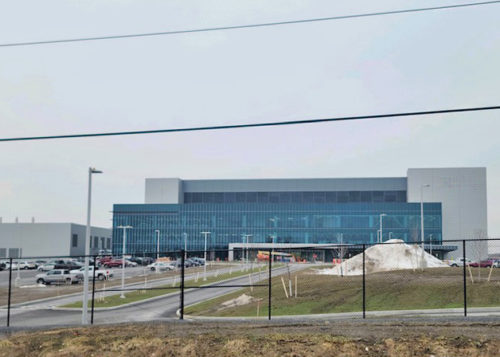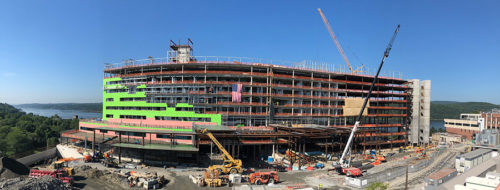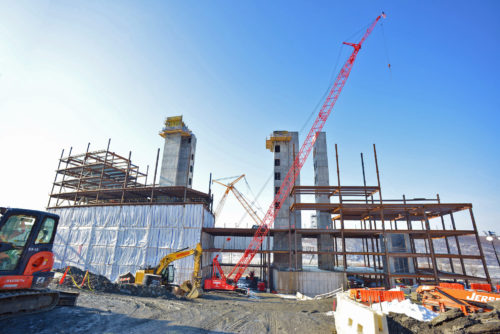
By Dr. Christopher R. Kelson, PhD, PG, Senior Geologist
Deterioration of concrete can be caused by one or more physio-chemical mechanisms. The mineralogical composition of the aggregates and paste that comprise the concrete and the extent of the concrete’s exposure to environmental (e.g., temperature, moisture) and anthropogenic (e.g., deicing salts) factors are vital in determining the onset, duration, extent, severity, and type of deterioration. Cracking, scaling, efflorescence, delamination, discoloration, and aggregate pop-outs are common signs of deterioration that may shorten the service life of the concrete structure or ultimately cause complete failure.
The Damage Rating Index (DRI) was specifically developed in the 1990s by Grattan-Bellew (1995) to quantify the amount of deterioration in concrete. Although initially designed to evaluate concrete afflicted by alkali-silica reaction (ASR), it can also be used to evaluate concrete affected by other deterioration mechanisms, although the specific deterioration mechanism responsible for the damage cannot be identified.


In general, the DRI is calculated by counting the number and types of damage features within every 1 cm2 of a cut and polished surface (200 cm2 area recommended) of concrete. Damage features to be counted include cracks in coarse aggregates and in paste, reaction rims around coarse aggregates, ASR gel in voids and in cracks in coarse aggregates and in paste, ASR gel in the paste, and debonding around coarse aggregates. The total number of each damage feature is multiplied by a different weighting factor, as some features are indicative of more severe damage than others. The summation of the weighted values for all features (normalized for an area of 100 cm2) yields a total DRI value for the concrete; a higher DRI value signifies greater damage to the concrete (Poole and Sims, 2016).
The total DRI value of a concrete sample, including the weighted proportion of each constituent damage feature, can be easily visualized on a simple bar chart. DRI values of multiple concrete samples taken from the same structure and plotted together (see chart, below) yield a valuable comparative analysis on the types and extent of deterioration within different locations of that structure.


If you have concrete exhibiting signs of deterioration or failure, ATL can assist in evaluating the impact of carbonation and effects from other potential causes of deterioration by performing visual examinations and physical testing. Common analyses include ultrasonic evaluation, petrographic analysis, chloride testing, and compressive strength testing.
For more information, contact Dr. Christopher Kelson, PhD, PG at 315-386-4578, info@atlantictesting.com, or visit AtlanticTesting.com.
References:
Grattan-Bellew, P.E. 1995: Laboratory evaluation of alkali-silica reaction in concrete from Saunders generating station, ACI Materials Journal 92 (2), 126-134. Poole, A.B., and Sims, I, 2016: Concrete Petrography, 2nd Edition, CRC Press, New York.

